I remember my first encounter with a Leonardo da Vinci portrait well. As I navigated the maze that was Krakow‘s Czartoryski museum, I did not know what to expect from Lady With An Ermine, so when it did appear it was a surprise. The portrait was achingly beautiful in the flesh, and even behind a glass case it filled the little gallery with its presence. Best of all, there weren’t many people in there.
Five years later, I was face-to-face with the Isleworth Mona Lisa, allegedly also painted by Leonardo, as it began a world tour earlier this week. Art and architecture have always been part of my travel plans, so I had to see this controversial work for myself at Singapore’s Art House.
The history of this particular painting prior to the 20th Century is not well documented, although the Mona Lisa Foundation, which is behind this world tour, claims that the portrait was obtained by an English nobleman in the 1780s. According to them, it was rediscovered in 1911 in Montacute House, Somerset, by art collector Hugh Blaker, who subsequently took it to his Isleworth studio. It was sold to Henry Pulitzer before it passed into the hands of the consortium that owns it today.
The Foundation has been entrusted by its current owners with making the portrait loved and known in its own right as an authentic Leonardo work. Its position is that the Earlier Mona Lisa (as it calls the Isleworth) pre-dates the painting that hangs in the Louvre and depicts the same lady in her younger days.
In light of this, the exhibition is best approached with a open yet critical mind. After Krakow and London’s National Gallery, I found this experience rather different. It’s not like a walk through any other museum or a gallery (and there are a few within walking distance of the Arts House).
For a start, there are no tours with a docent or curator. Instead, every visitor loans a guide in the form of a tablet (the cost is included in the SGD20 admission fee but you need to exchange an ID for it). There is a lot of information to digest if one chooses to play the video and read the background information in every section, but the language is easy to understand, and a children’s version is also included.
Much of the exhibition is devoted to advocating the foundation’s stand, and it uses historical references and scientific analyses to do so. There are also a couple of sections on its doubters and the media coverage surrounding its discovery, before the tour ends with the actual portrait. It is not possible to see the work first without walking past all the displays, but the information can also be reviewed on the foundation’s website.
At the end of every section on the tablet guide, one needs to answer a single question to reveal an additional fact. The questions are all some variation of, “Do you believe Leonardo painted two Mona Lisas?” I presume it’s a device to gauge how long it takes to convince the visitor that the answer is “yes.”
That said, the exhibition is not without its highlights. It’s peppered with canvas prints of Leonardo’s other paintings, including two versions of Virgin of The Rocks. The section on the geometry in the painting were the most interesting; I could have watched the videos on composition methods for hours. (I’m obviously not terribly well-read in this area.) There is also a device that ages your selfie by ten years, and if you so choose it will end up on Facebook.
And at the end of the exhibition, a piece of the Isleworth can be yours. Umbrellas printed with the Mona Lisa are just not my sort of thing however.
As for the Isleworth Mona Lisa, it is still intriguing to look at. Despite all the references to the incomplete background, that was the least of my concerns. She definitely looks more youthful than the actual ‘Mona Lisa’, but she also seems too “clean” and her drapery is dull. Was I looking at a different style? Even if it was an “earlier style” it is nothing like either Virgin of the Rocks or Lady with an Ermine.
I’ve never been to the Louvre, but I’ve seen the photographs of the room where the ‘Mona Lisa’ is displayed. Tourists strain to take pictures of a painting behind three layers of protection – bulletproof glass, a guard rail and a rope barrier. Here, one gets far more space to contemplate. I had the whole chamber to myself, plus all of the security guard’s attention.
Is my amateur mind convinced that the Isleworth Mona Lisa is authentic? While the analyses of the paint layers and Raphael’s sketch are compelling, I have my reservations about other information that was on display, such as:
- Leonardo’s use of canvas (he only wrote about canvas painting techniques and painted studies on the material),
- citing Portrait of a Young Fiancee as a work by Leonardo on vellum (it is still disputed),
- the translations of the documents in Latin (Is Vespucci’s annotation in a script that is contemporaneous? Did he imply anything other than that Leonardo had started working on the head of the portrait?), and
- the failure to address the arguments by the experts who are not convinced (See Frank Zöllner’s article in German).
Time will tell whether the Foundation’s stand will gain acceptance, but even if it does it still leaves a few questions unanswered. Why the change of background, and why did the artist revisit and age his subject for the Louvre painting? But that’s the way it is with most of his work: we have to make educated guesses based on his studies and references that other people wrote.
I still encourage enthusiasts to see the Earlier Mona Lisa for themselves to form their opinions. If you have, let me know what you think below.








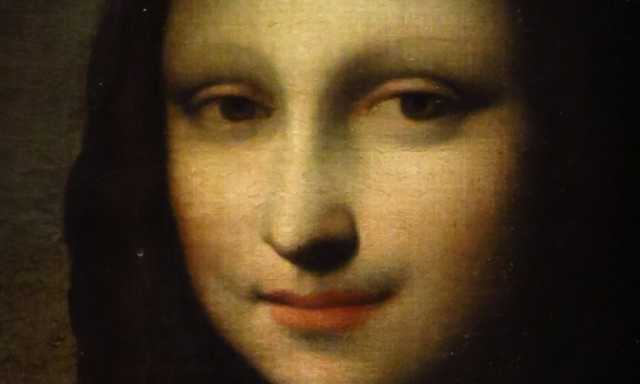
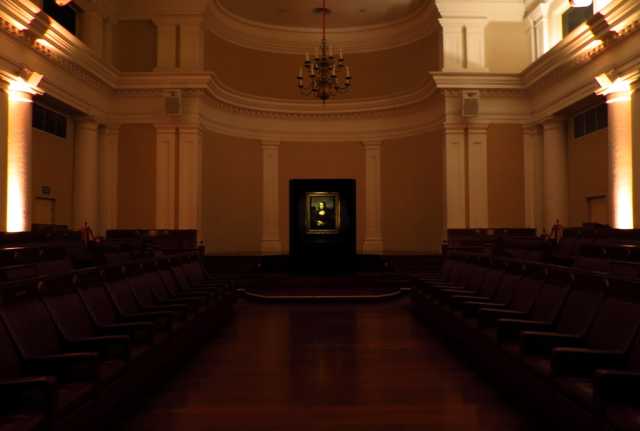
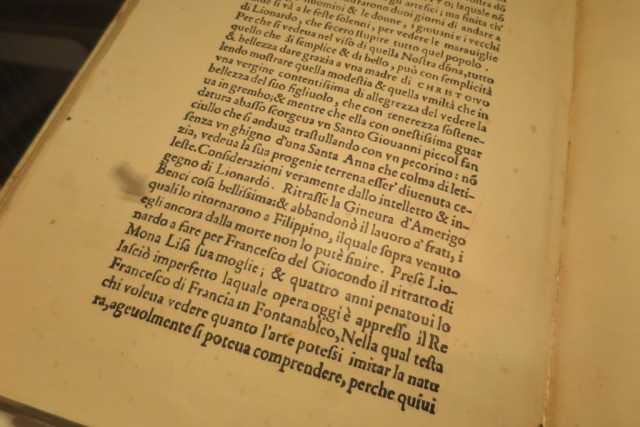
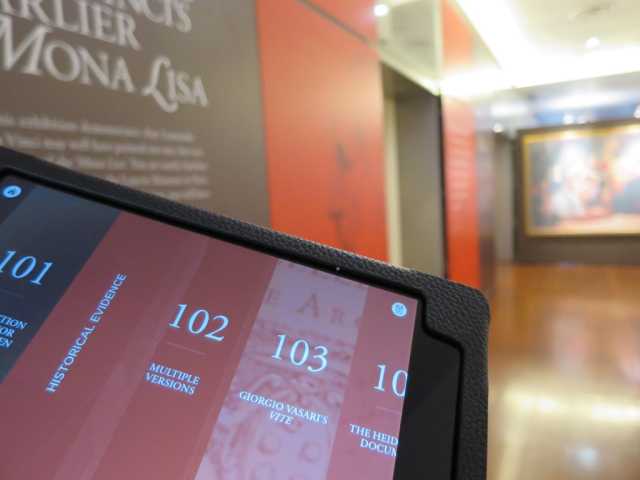
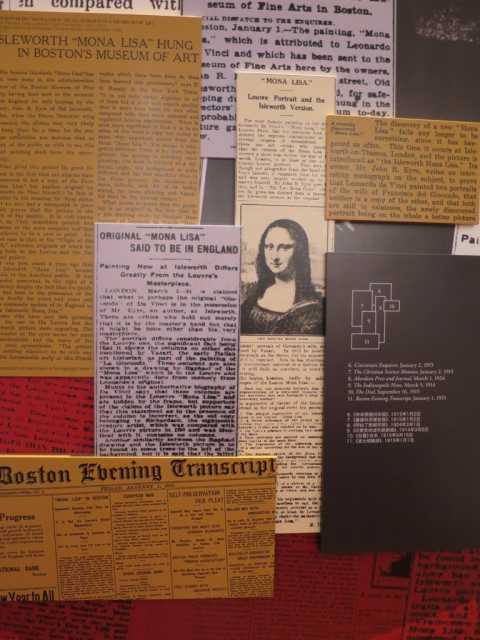

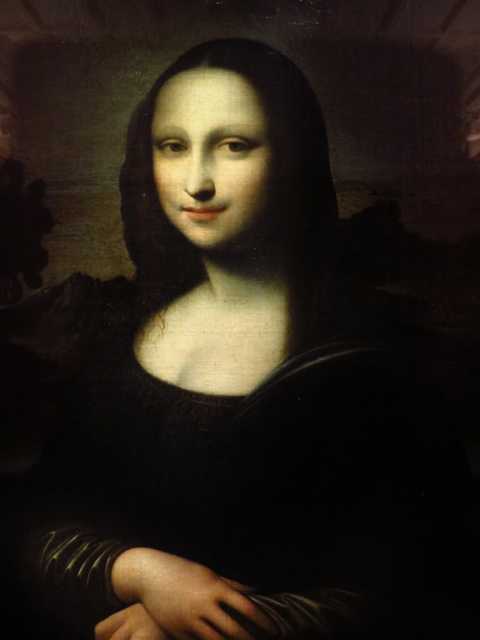
22/12/2014 @ 3:07 AM
I’m no expert on da Vinci’s works, or even art in general, but this ‘Isleworth Mona Lisa’ is certainly a huge deviation from his style, whether early or late. Regardless, I have to agree with Don Alberto Rocca from the Biblioteca Ambrosiana – the Mona Lisa is simply overrated.
23/12/2014 @ 2:30 PM
Thanks for commenting, Brooke, and your new site looks fantastic!
It’ll be a shame if people flock to this and ignore his manuscripts on display at the Art Science Museum. Let’s not forget the work of local and regional artists at the Art Museum and National Art Gallery either.